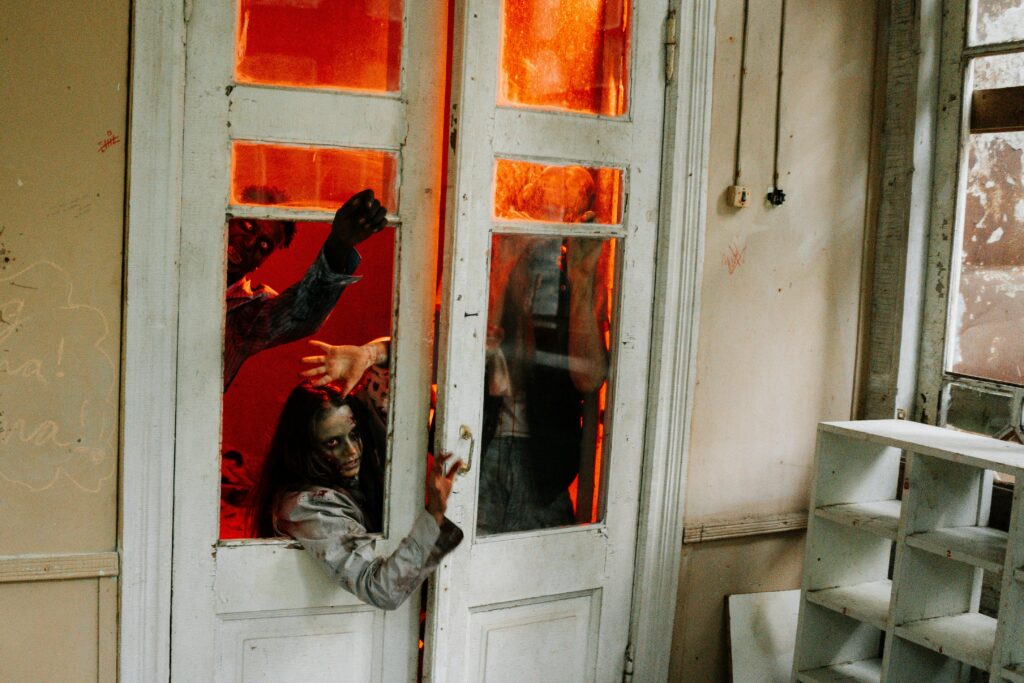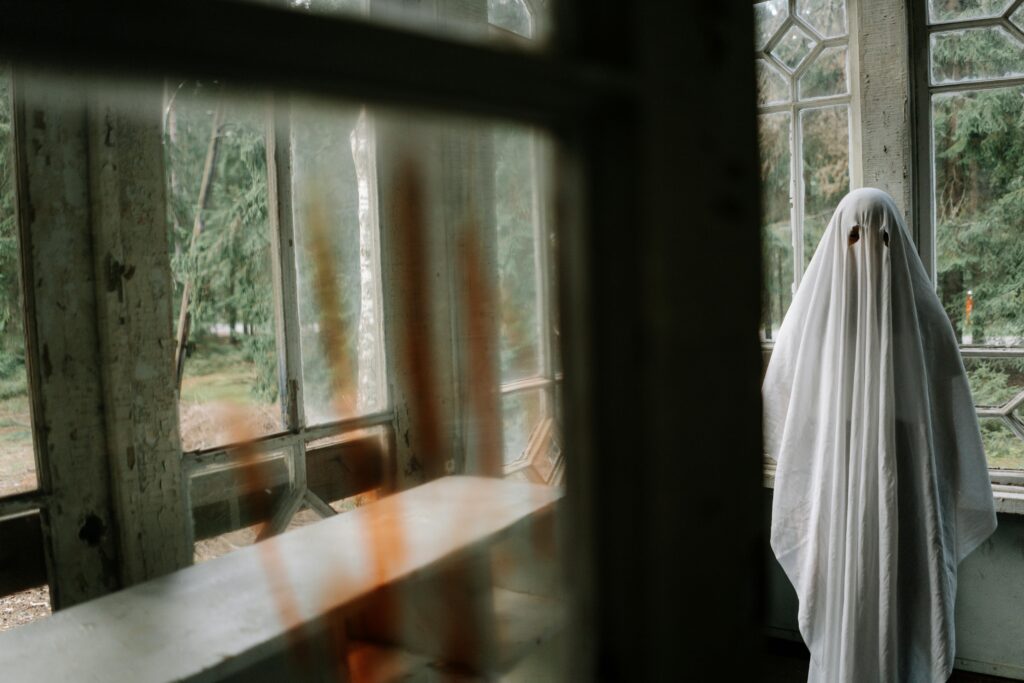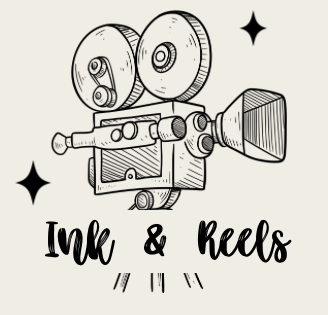The horror genre is a very important piece of filmmaking history, often overlooked as being cinematic masterpieces. The exciting thing about the horror genre is that it is always changing and adapting with the world. Things that scare people often change and can even mirror real world problems as well. Films that scared people 50 years ago won’t scare people in the same way today, so filmmakers are frequently going back to the drawing board to find new ways to raise the hairs on the arms of the audience. Ultimately, making a great horror film comes down to these key elements: Atmosphere, Character development, and unexpected twists.
Setting the Stage: Atmosphere and Visuals

The look and feel of a horror movie is a very important element that makes the genre as recognizable as it is. The usage of lighting and shadows are utilized specifically to build the tone of the film and to establish a feeling of uneasiness in the audience. When there are strong shadows and extreme changes in lighting, the immediate response from the audience is to feel anxious and unsure of what will come out of those shadows or happen next. Using the atmosphere to play with the emotions of the viewer is a great skill to make horror films stronger in its main goal to inflict fear.
Another useful tool is imagery. Filmmakers will use specific images to evoke emotional responses from their audience. Alfred Hitchcock has one of the greatest examples, because he used it in almost every one of his films; birds. He loved using birds to create an uneasiness and sense of knowing something bad is coming. Many horror films after this also use birds as a symbol of creepiness and almost pointing a finger at someone or something that we should keep an eye on.
Generating Tension
The tension of a horror film is very important, if there’s no tension, the audience might lose interest and never make it to the end of the film. So learning the right tools for creating tension are crucial. Pacing, Sound, and Timing are the big three when it comes to establishing tension that flows throughout the entire film.
Pacing
The rate at which you present your scares play a huge role in the horror genre. You don’t want the audience to know it’s coming, your aim is to catch them by surprise by pacing it out and building up to the moment of the actual scare. A great way to know you’re pacing out your scare well, is by having a good rhythm. What I mean by rhythm is balancing the intense moments with the quiet ones. This keeps the audience engaged and constantly on the edge of their seat, because they’ll never know which scene has an actual jump scare or is just a fake out. It’s all about balance.

Sound and Score
The sound of a horror movie is sometimes one of the most notable things about the film. Think of the stabbing sound from Psycho, the musical intro for Michael Myers in Halloween, the sounds tell us a lot about what’s going on and how we should feel about it. The sounds can really create a lot of fear and suspense, especially if they’re intense, almost alarming sounds like the ones mentioned above. Similarly, the music maintains the same elements, the intensity of the music will also play into the intensity of the scene. This really applies to any film, but for the horror genre, there needs to be a certain intensity and tone that keeps the creepy, suspense going.
Fear & the Unknown
We briefly mentioned the unknown above when we discussed the tension building with scares, but something specific about the horror genre is implementing various tactics to scare your audience. Although vague, the “unknown” plays a huge role, because there is so much that we do not know. So let’s break this down a little more.
Mystery
Keeping the audience wondering what really is going on and who is really the mastermind behind it all, is one of the more standard forms of the unknown. We, as a viewer, know that we don’t know every detail of what’s going on, but we will stick around because we want to find out. Horrors that move along the lines of monsters the characters have never experienced before or even a “who dunnit” like a murder mystery film would play into this, but mystery can take many forms. Similarly, the ambiguity of not fully revealing the monster or antagonist will keep the audience engaged as well.
The Monster
In horror films, the antagonist or villain is typically referred to as “The Monster” whether it’s actually considered to be a monster or not. In Stephen King’s It, Pennywise is the monster, just like in Jordan Peele’s Us, the Doppelgangers are the monsters as well. It kinda becomes a general term in horror to refer to that unnatural force that is terrorizing the characters of the story. However, the monster is an important element of the horror genre, because without some form of monster, even if it’s psychological (which kinda has its own category), then it’s not really a horror movie.

The Twist
As I’m sure this has now been drilled into your brain, horror movies thrive on the unknown. It wouldn’t be a horror movie, or really any movie for that matter, without a good twist. We want to lead the audience in one direction and then slap them with the opposite while they’re caught off-guard. Additionally, taking something ordinary that the audience recognizes as normal and twisting it to make the situation more uncomfortable. I think the original Beetlejuice does a great job at twisting the ordinary, by taking normal looking people and turning them into scary creatures with teeth and big eyes/mouths.
Psychological Horror
Horror is all about diving into the psychology of the characters, the viewer, and even the monster. Using paranoia, madness, loss of identity, etc are ways in which psychological fear comes into play. Sometimes the scary thing isn’t always physical, in fact most of the time it’s mental. Being afraid of the dark (one of my biggest fears!) is completely all in your head, because you’re afraid of what might be there.

Conclusion
The horror genre is a dynamic and ever-evolving field of filmmaking, constantly adapting to the fears and anxieties of each new generation. While the elements of atmosphere, character development, and unexpected twists are fundamental, it’s the genre’s ability to tap into the unknown and challenge the ordinary that makes it truly timeless. Horror films have the unique power to mirror societal concerns, delve into psychological depths, and push the boundaries of what scares us. By mastering these key elements, filmmakers can create experiences that resonate deeply with audiences, leaving them both terrified and captivated. As the genre continues to evolve, one thing remains certain: horror will always find new ways to haunt our imaginations.

